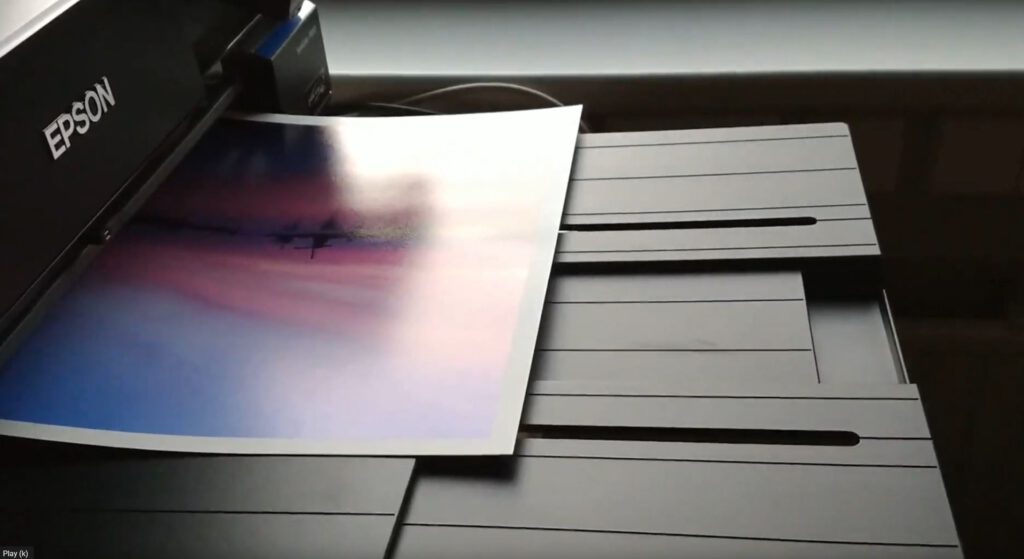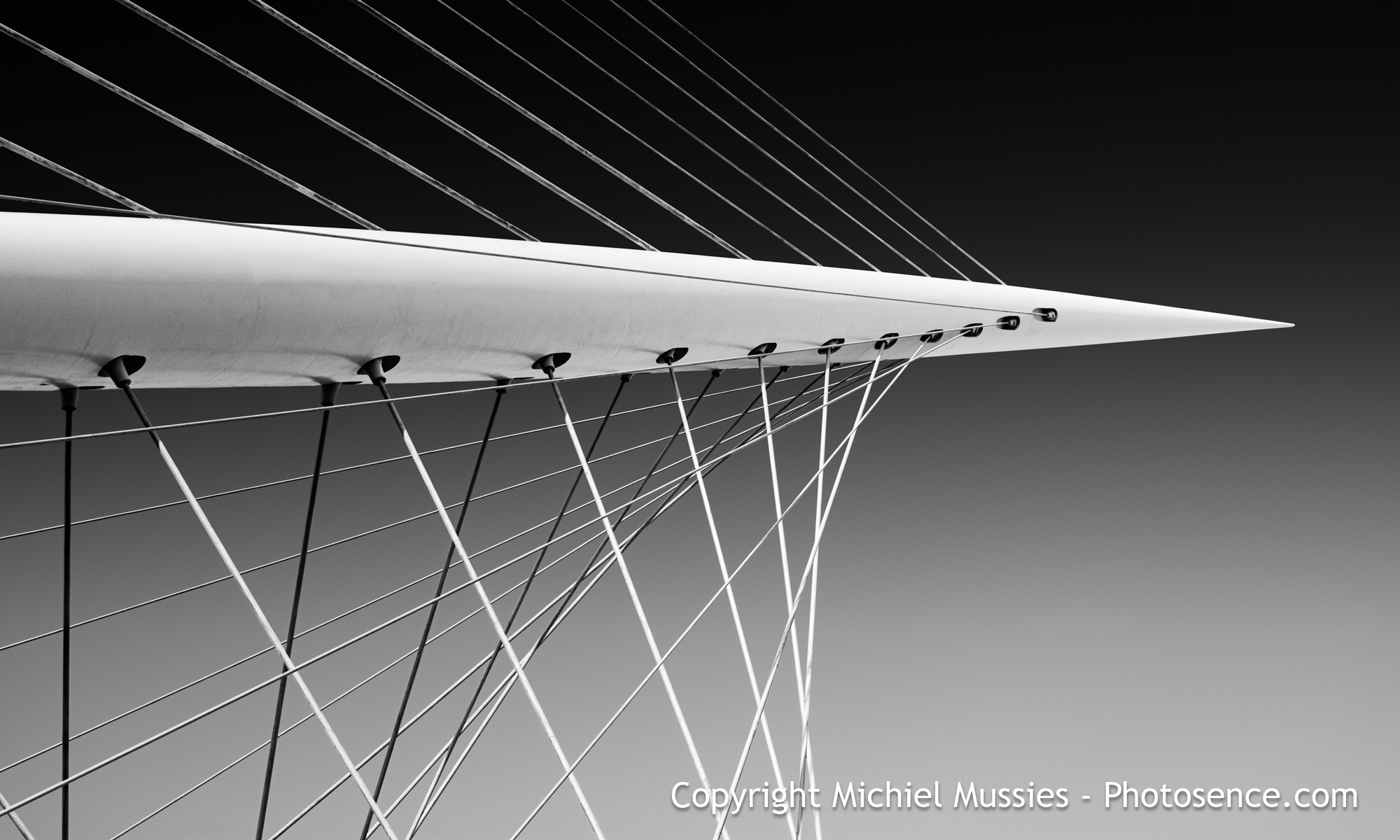Possibly we will have review-sites about review-sites and when we do, it will be before we
read some ideas about why we should turn our digital images into good, beautiful prints;
or so it seems.

Diy published books, printers (as in the machine), print-services, printing paper-,
printing apps for cell phone shots, yes: all well promoted and advertized.
For those already convinced and well on their way there are tutorials and
commercials for staying busy and buying the greatest of the latest and that’s it.
No material about the activity of printing your own digital photo’s,
a general why and how appears to be hidden, ideas and instructions for any
true newcomer ditto.
I can think of some reasons. After all the proof is in the tasting for instance,
not in reading about it. Print services are more easy, diy-books already sell well
and creating larger than postcard sized prints is an aquired taste.
I still think it’s worth writing a post that you really really should try
for yourself if you enjoy shooting photographs a lot.
If no-one ever told me about anything worth considering
I would live a much smaller world.
So try it, see how you fare, an earnest attempt to educate yourself a bit about
enjoying printing -or prints in general- can make your life more rich, and make you glad you tried.
If things work out, you have added a great creative possibility that adds quality to your
photography slash life; something that shares well with others too if you choose to.
Fair warning: if you are going to print yourself, you have to invest time and money.
If you just want to get your pictures to your printing house,
you still need to know what you are doing and find a way to colour manage what you do.
You don’t want your images to come back all different from what you saw on your screen.
Here’s some other facts and details you may not have considered:
cell phone images with a low resolution don’t come out very well on a larger scale,
small sized prints have a lot less impact than larger ones,
gloss type or lack of gloss, paper material, paper texture and -weight can make a lot of difference
to final results. Paper type, -handling and display conditions determine the longevity of your prints.
Naturally, if someone else does your prints for you, they may have made choices
that result in something that does not appeal to you.
Last but not least: prints that make you unhappy may reflect shooting habits that you may need to change*.
The beauty of physical prints, versus images you have only seen on screens
is something you have to undergo for yourself; its more then just a visual experience.
A good wine is is not someting you only appreciate by looking at it in your glass.
Of course those are just words and I want to keep it straight and simple here.
I only hope that it’s enough to tempt you to at least give it a go for yourself.
You don’t need to own a printer, join a photo club or get a good printing house first,
one that will work with you, gives you solid advice and helps you
develop insight and experience with your images.
If you’re quick to give up -if you don’t like the initial outcomes-
you might short change yourself without knowing it.
If the whole thing catches on though, it will breathe new life into your shooting too.
Prints know endless variety, endless opportunity to refine and create what suits you well.
Try a different paper, a different soft proof, a different printer setting even a different printing house.
That’s all actually, but before I close off- a word about popular printing services
that help you create your own printed photo albums and (photo-)
books. They will often require you to deliver your images in an sRGB colour space
and sRGB is a very, very limited range (created for web/screen display)
that will take away a lot (if not all) of the nuance and
depth that you may have worked hard for in your final images.
If prints come back flat or dull and you use sRGB, switch it in your camera settings
and in your software to a larger colourspace like Adobe rgb or prophoto rgb and
please shoot your images in raw format. If you want to makes books, find a service that
accepts larger colour spaces, I’m sure they are out there.
*If you want to take it further, and take control get a quality desk printer,
read about models and brands in photo forums and drop queries in youtube’s search bar
for anything printing related.
Colour manage your tools and workflow from in-camera settings and regularly
calibrate your monitor. Use a digital darkroom (capture one, lightroom, or an opensource app)
to wisely develop, soft proof and print your images.
Use appropriate profiles for your paper/printer combination with your favorite (or best) printer settings.
Swap your sRGB gamut for adobeRGB and shoot RAW. Study and practice, going deep pays off.
